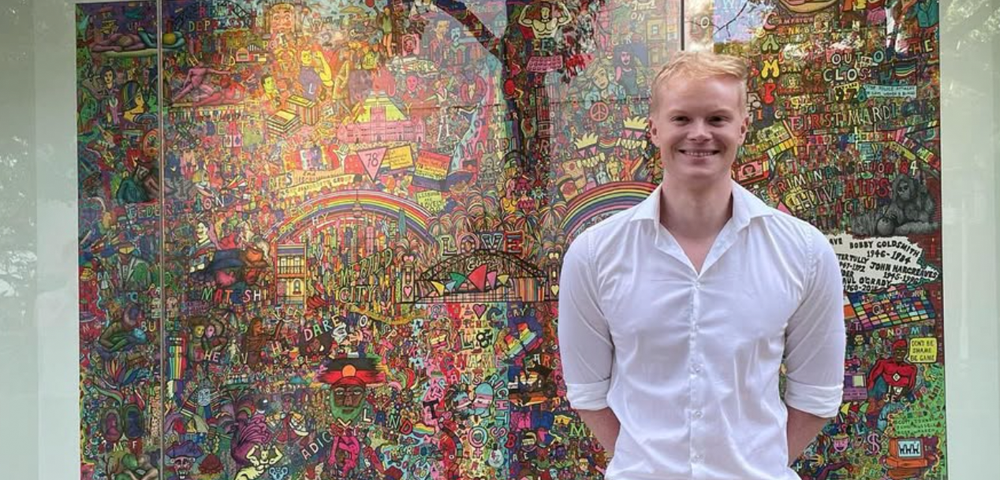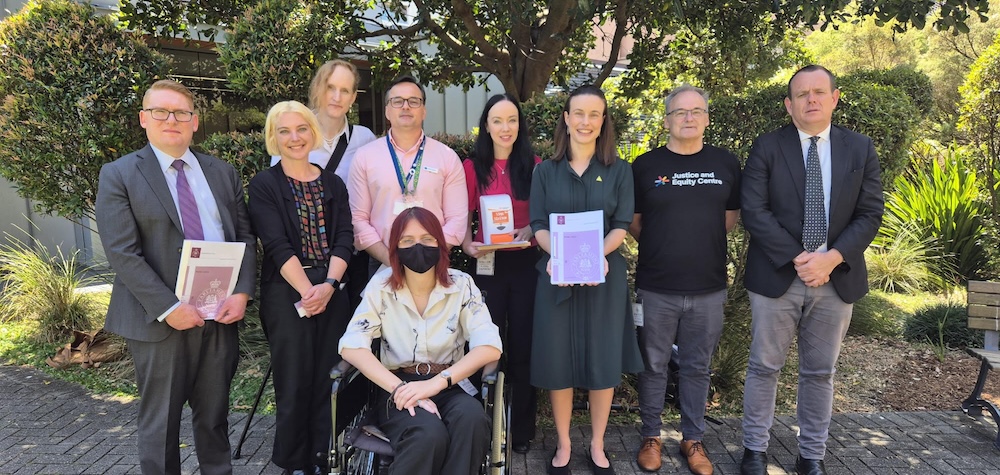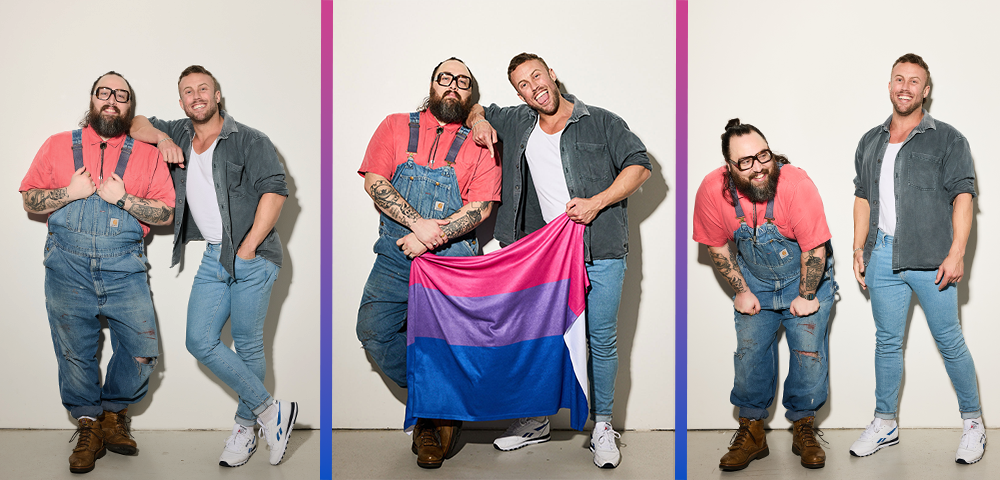
But I only have sex with guys my age
There has been a lot of focus on same-sex attracted young people in sexual health education and health promotion. Most of the focus is on their mental health resulting from homophobia (in school, family and amongst their peers), bullying (online, verbal and physical) as well as the overall social stigma and discrimination against sexual and gender diversity. A lot of work has been done to support young people, celebrating sexual and gender diversity to promote social justice.
One topic relevant to young people is sex. Not all young people receive thorough information about sexual practices and sexual health. Some young people believe that they are ‘safe’ because they are only engaging in sexual activities with people of the same age group. Sexually transmitted infections (or STIs), including HIV, are often seen as something irrelevant to them because “only older people get them”. There is a perception that none of their peers have STIs, therefore there’s no risk which can make some of them disregard safe sex.
However, sexual networks are more complex than simply limiting sexual contacts with those of similar ages. and/or of a similar HIV status, and/or those (perceived) as not having STIs. Sexual network, or the way individuals are connected through sexual activities, is fluid. Some young people may believe that their sexual networks prevent them from HIV and STI transmission.
Yet, it is very difficult to be 100 percent sure that individuals are always of the same HIV and STI status. Some may engage in sex without condoms with someone of an unknown HIV status, and some may not be aware of their sexual health status due to asymptomatic STIs. Furthermore, some may engage in other behaviours that can increase HIV and STI transmission, such as alcohol and drug misuse, sharing sex toys and inconsistent condom use.
As such, “I only have sex with guys my age” is not a barrier to HIV and STIs. According to 2012 HIV, Viral Hepatitis and STI Annual Surveillance Report, the rate of chlamydia and gonorrhoea infection amongst young people aged 15–19 and 20–29 is on the increase. This indicates that, even though some young people only have sexual contacts with their peers, they are still at risk if they do not practice safe-sex.
This highlights the importance of informing young people about the complexity of sexual networks and the importance of practicing safe sex without denying sexual pleasure. Moreover, it is equally necessary to challenge preconceived myths around HIV and STIs, such as “only older people get them”. Through education and information we can empower young people to practice safe sex and encourage their peers to do the same.
For more info go to www.minus18.org.au or www.fpv.org.au
by BUDI SUDARTO Victorian AIDS Council/GMHC









